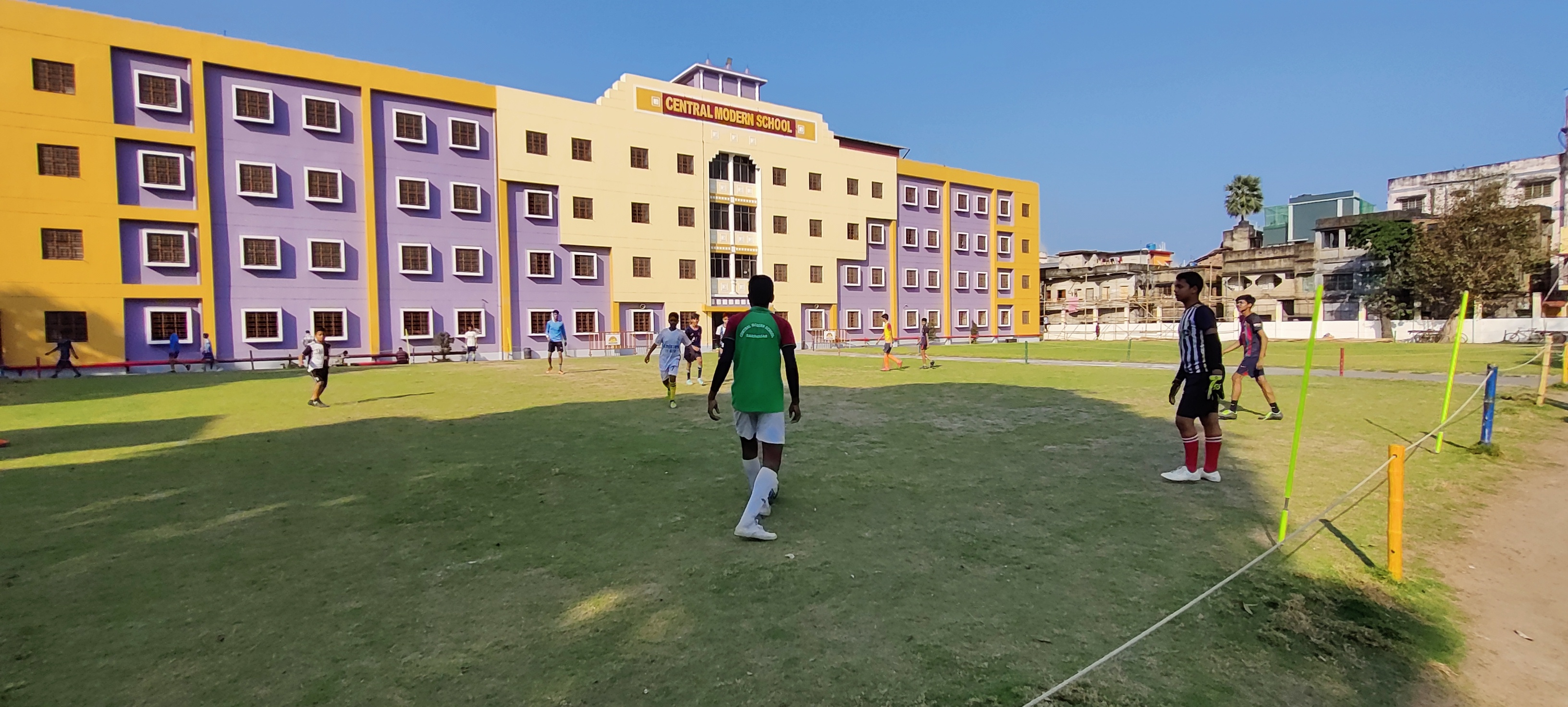Blog Details
- 21 August,2024
The Importance of Dedicated Laboratories in Schools
Introduction
For children in today's rapid and evolving educational
landscape, strong infrastructure cannot be ignored. Schools are more than just
places for children to study; they are dynamic environments that have a
substantial impact on learning, development and their personality. Dedicated
laboratories and innovative learning facilities are key components that
contribute to a stimulating educational experience, paving the route for
academic achievement and overall growth. Any thoughtful parent would know how
much learning through a variety of avenues mean and its impact on the child’s
brain and the overall depth of knowledge imparted as a result in the child’s
brain.
The Role of Laboratories in Education
Schools have dedicated labs for specific disciplines, which
are specialized areas meant to support practical learning and experimentation.
Science laboratories, computer labs, and language labs are common examples,
each having a distinct role in the educational process. Science labs enable
students to conduct experiments, observe events, and grasp theoretical concepts
through actual application. Computer labs provide important access to
technology while also teaching digital literacy and coding skills that are
critical in today's digital world. Language laboratories use interactive tools
and software to help people improve their language skills
These labs provide students with hands-on learning
experiences, making abstract concepts concrete. This hands-on experience not
only reinforces theoretical knowledge, but also piques interest and builds a
scientific mindset. Students gain critical thinking skills, problem-solving
abilities, and a greater respect for the subject matter by participating in
experiments and employing technology.
Enhancing Learning Through Modern Infrastructure
Audio-visual rooms, well-stocked libraries, and
comprehensive sports facilities are examples of learning-enabling
infrastructures in addition to laboratories. Smart classrooms, equipped with
interactive whiteboards, projectors, and audiovisual aides, revolutionize
traditional teaching methods. They offer an interesting and interactive
learning environment that accommodates a variety of learning styles, allowing
students to better grasp complicated subjects.
Libraries function as knowledge hubs, providing access to a
wide range of materials, including books, periodicals, and digital media. A
well-designed library promotes reading and research, creating a culture of
lifelong learning. Sports facilities encourage physical fitness, teamwork, and
discipline, all of which are important aspects of total student development.
Modern infrastructures enhance student engagement and
improve learning outcomes. They create an environment where students are
motivated to attend classes, participate actively, and excel academically and
personally.
Case Studies and Examples
Consider the case of Central Modern School, Baranagar a
school renowned for its state-of-the-art laboratories and infrastructure.
Students here consistently perform better in science and technology subjects
compared to schools lacking similar facilities. The school's investment in
modern infrastructure has led to higher student engagement, better grades, and
a strong inclination towards STEM fields.
In contrast, a school with outdated or inadequate facilities
often struggles to keep students motivated and engaged. The lack of hands-on
learning opportunities and modern tools can hinder academic performance and
limit students' potential.
Real-world success stories, like that of Central ModernSchool, Baranagar, illustrate the profound impact that dedicated laboratories
and modern infrastructures can have on students' academic journeys and future
careers.
The Psychological and Cognitive Benefits
A well-designed learning environment significantly impacts
students' psychological and cognitive development. Conducive learning spaces
improve focus, retention, and overall academic performance. The aesthetics and
ergonomics of classrooms and labs play a crucial role in creating a comfortable
and stimulating atmosphere, conducive to learning.
Moreover, dedicated spaces for different subjects reduce
distractions and create a sense of purpose, helping students to concentrate
better. The psychological benefits of such environments include reduced stress
levels, increased motivation, and a positive attitude towards learning.
The Future of Educational Infrastructures
As we look to the future, the importance of continuous
investment in educational infrastructures becomes evident. Trends indicate a
move towards more technologically integrated and flexible learning spaces.
Virtual labs, augmented reality (AR) learning tools, and adaptive learning
environments are becoming increasingly prevalent.
Continuous investment in school facilities ensures that
students have access to the latest educational tools and technologies,
preparing them for future challenges. Schools that prioritize infrastructure
development are likely to produce well-rounded, skilled, and adaptable
graduates ready to excel in a competitive world.
Conclusion
The importance of dedicated laboratories and learning
enabling infrastructures in schools cannot be overstated. They play a crucial
role in enhancing the quality of education, fostering practical skills, and
supporting holistic student development. Investing in these facilities is an
investment in the future, ensuring that students receive the best possible
education and are well-prepared for the challenges ahead.
By prioritizing the development and maintenance
of educational infrastructures, schools can create enriching environments that
inspire learning, innovation, and success for generations to come.
